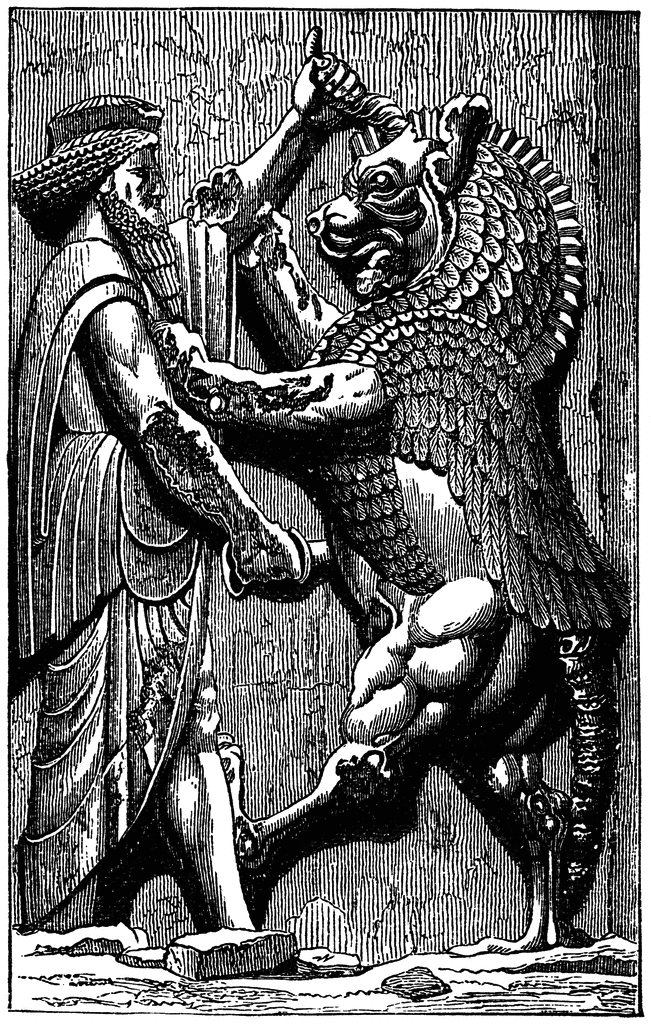
Thread: A farmer discovers an "untouched" and "highly unusual" ancient tomb, thought to be from the Early Bronze Age, while working on his land on the Dingle Peninsula in Co Kerry, Ireland. rte.ie/news/2021/0416… The tomb contained "an unusual smooth oval-shaped stone"... 

Ever seen these before? Cup and saddle mortars and "unusual smooth oval-shaped stones" also known as pestles...
oldeuropeanculture.blogspot.com/2014/12/bullau…

oldeuropeanculture.blogspot.com/2014/12/bullau…


Left: One of many Native American communal grinding stones, used for grinding of acorns, USA
Right: One of many so called "bullaun" stones from Ireland, use and purpose unknown...
See all the "unusual smooth oval-shaped stones" in the holes?
oldeuropeanculture.blogspot.com/2014/12/bullau…

Right: One of many so called "bullaun" stones from Ireland, use and purpose unknown...
See all the "unusual smooth oval-shaped stones" in the holes?
oldeuropeanculture.blogspot.com/2014/12/bullau…


More on communal grinding stones, Europe and Middle East oldeuropeanculture.blogspot.com/2016/05/new-ma… 

• • •
Missing some Tweet in this thread? You can try to
force a refresh














